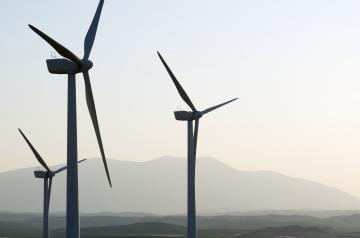
On 14 June 2018 (2:00 PM GMT +2), the International Energy Agency (IEA) is holding "IEA, Tracking Clean Energy Process (TCEP) 2018" webinar.
The International Energy Agency (IEA) has just released our most timely and comprehensive analysis of clean energy technologies ever – Tracking Clean Energy Progress (TCEP). TCEP has been transformed into a digital-only web portal with all the very latest data and analysis across 38 technologies and sectors, including investment levels, deployment rates, recent trends and what more needs to happen to achieve the targets of the IEA’s Sustainable Development Scenario (SDS). The new, interactive, free and easy-to-navigate TCEP web portal will be continually updated whenever new information becomes available, allowing all users to efficiently access the very latest IEA data and analysis across all clean technologies and sectors.
This webinar will feature key IEA analysts presenting all IEA’s latest information and analysis available on the Tracking Clean Energy Process 2018.
What’s new for TCEP-2018?
All the very latest numbers and trends for a full range of clean technologies and sectors, including never-before released 2017 numbers and timely estimates.
Only 4 out of 38 technologies and sectors were judged “on track” to meet long-term climate, energy access and air pollution goals in 2017. Some technologies made tremendous progress in 2017, led by solar PV, electric vehicles (sales in 2017 jumped by 54%) and LEDs. 11 of 38 technologies were significantly “off track” and 23 others in need of more progress.
For the first time, TCEP includes a series of high-level indicators that provide an overall assessment of clean energy trends and highlight the most important actions needed for the complex energy sector transformation. These metrics help to unpack answers to the questions “where are we, where we need to go and how to get there”.
TCEP also includes a major enhancement on clean energy innovation with the most comprehensive and timely analysis ever of public and private clean energy R&D investment, total public spending on low-carbon energy innovation rose 13%, to more than USD 20 billion; private sector investment saw a 4% increase. The new innovation feature also includes analysis of more than 100 key innovation gaps that need to be addressed to speed up the development of critical clean energy technologies.
TCEP is now using the IEA’s Sustainable Development Scenario (SDS) to benchmark progress. The SDS was first modelled in the World Energy Outlook 2017 and provides a pathway to keeping global average temperatures to “well below 2C,” reducing air pollution, and increasing energy access.
